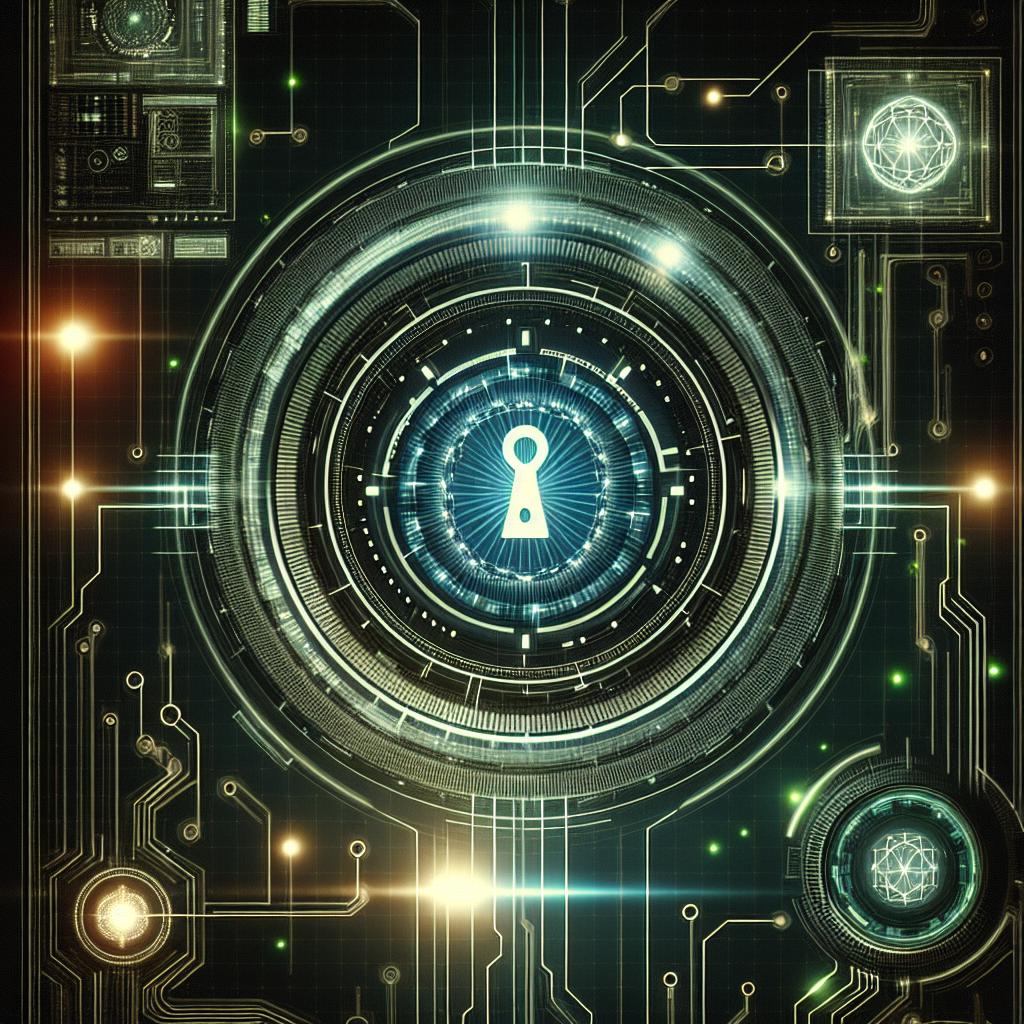Quantum Key Distribution (QKD) represents a groundbreaking advancement in secure communication, leveraging the principles of quantum mechanics to enable two parties to share encryption keys with theoretically unbreakable security. As organizations and researchers increasingly explore and deploy QKD systems, understanding what aspects to monitor becomes crucial to maintaining the integrity, performance, and security of these systems. This article delves into the key parameters and considerations you need to monitor when working with Quantum Key Distribution.
Understanding Quantum Key Distribution
Before diving into monitoring specifics, it’s important to briefly recap what QKD entails. Unlike classical key distribution methods, QKD uses quantum states—typically photons—to transmit encryption keys. The fundamental property that makes QKD secure is the quantum no-cloning theorem and the fact that measurement disturbs quantum states. Any eavesdropping attempt alters the quantum states, which can be detected by the communicating parties.
Key Elements to Monitor in QKD Systems
1. Quantum Bit Error Rate (QBER)
- What it is: QBER measures the error rate in the transmitted quantum bits (qubits). It is the ratio of incorrect bits to the total number of bits received.
- Why monitor: A low QBER indicates a clean quantum channel and proper system functioning. A high QBER can signal eavesdropping attempts, hardware malfunctions, or environmental noise.
- Typical thresholds: Most QKD protocols tolerate QBER up to around 11% (e.g., BB84 protocol), beyond which secure key generation becomes impossible.
2. Photon Detection Rates
- What it is: The rate at which photons are detected by the receiver’s detectors.
- Why monitor: Fluctuations in detection rates can indicate channel loss, detector inefficiencies, or potential tampering.
- Considerations: Monitoring helps optimize system parameters and detect anomalies such as denial-of-service attacks or hardware degradation.
3. Channel Loss and Attenuation
- What it is: Loss of photons as they travel through the quantum channel (fiber optic cables or free space).
- Why monitor: High losses reduce the key generation rate and can mask eavesdropping attempts.
- How to monitor: Use optical power meters and monitor signal strength continuously.
4. Timing and Synchronization
- What it is: Precise timing alignment between sender and receiver to correctly interpret quantum states.
- Why monitor: Timing errors can increase QBER and reduce key rates.
- Tools: Use high-precision clocks and synchronization protocols; monitor timing jitter and delays.
5. Environmental Conditions
- What it is: Temperature, vibration, and electromagnetic interference affecting the quantum channel and hardware.
- Why monitor: Environmental factors can degrade system performance and increase error rates.
- Approach: Use environmental sensors and implement shielding or stabilization mechanisms.
6. Security Parameters and Protocol Compliance
- What it is: Parameters specific to the QKD protocol in use, such as basis choice probabilities, privacy amplification rates, and error correction parameters.
- Why monitor: Ensuring protocol compliance is essential for maintaining security guarantees.
- Implementation: Automated monitoring and logging of protocol parameters help detect deviations or attacks.
7. Detector Dark Counts and Afterpulsing
- What it is: Dark counts are false detections caused by detector noise; afterpulsing is a detector artifact causing spurious counts after a genuine detection.
- Why monitor: These noise sources increase QBER and reduce key quality.
- Mitigation: Regular calibration and monitoring help maintain detector performance.
Best Practices for Monitoring QKD Systems
- Real-time Monitoring: Implement continuous real-time monitoring dashboards to track key parameters and alert operators to anomalies.
- Automated Alarms: Set thresholds for critical parameters like QBER and photon detection rates to trigger alarms.
- Regular Calibration: Schedule routine calibration of detectors and synchronization systems.
- Data Logging: Maintain detailed logs for post-analysis and forensic investigations.
- Redundancy: Use redundant hardware and channels to ensure reliability.
- Security Audits: Periodically audit the entire QKD system, including classical communication channels used for key reconciliation.
Conclusion
Quantum Key Distribution offers unparalleled security potential, but its practical deployment requires vigilant monitoring of various system parameters. By keeping a close eye on QBER, photon detection rates, channel losses, timing, environmental factors, and protocol compliance, operators can ensure the robustness and security of their QKD implementations. As the technology matures, integrating advanced monitoring tools and best practices will be essential to harness the full power of quantum-secured communication.



